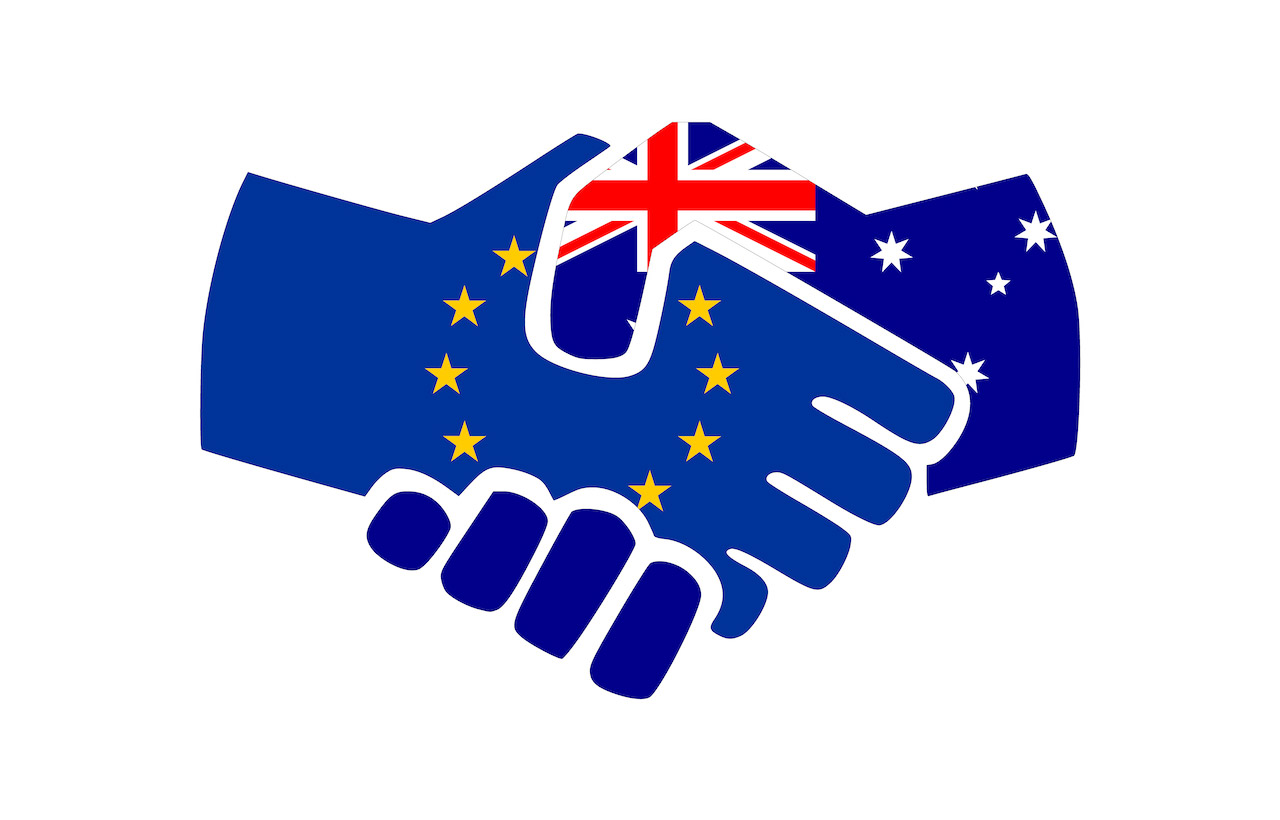Sep 28, 2023 by Mark Dingley
Australians consume a lot of dairy. The average Aussie drinks 94.4 litres of milk and eats 13.4kg of cheese every year. So it’s no wonder dairy is Australia’s third-largest rural industry, with the value of dairy production predicted to hit $6.2 billion in 2022-23.
Around 46,200 people are directly employed on dairy farms or by dairy companies, and this doesn’t count those who transport, distribute or provide research and development services.
But the industry is changing.
Younger generations are turning to milk alternatives, while cheese consumption is going up. The debate about the sustainability of the dairy industry and its impact on the environment is getting louder. Smart technologies are transforming the way dairy products are made.
In this article, we reveal the top trends to watch in Australian dairy now, and what this means for packaging and labelling:
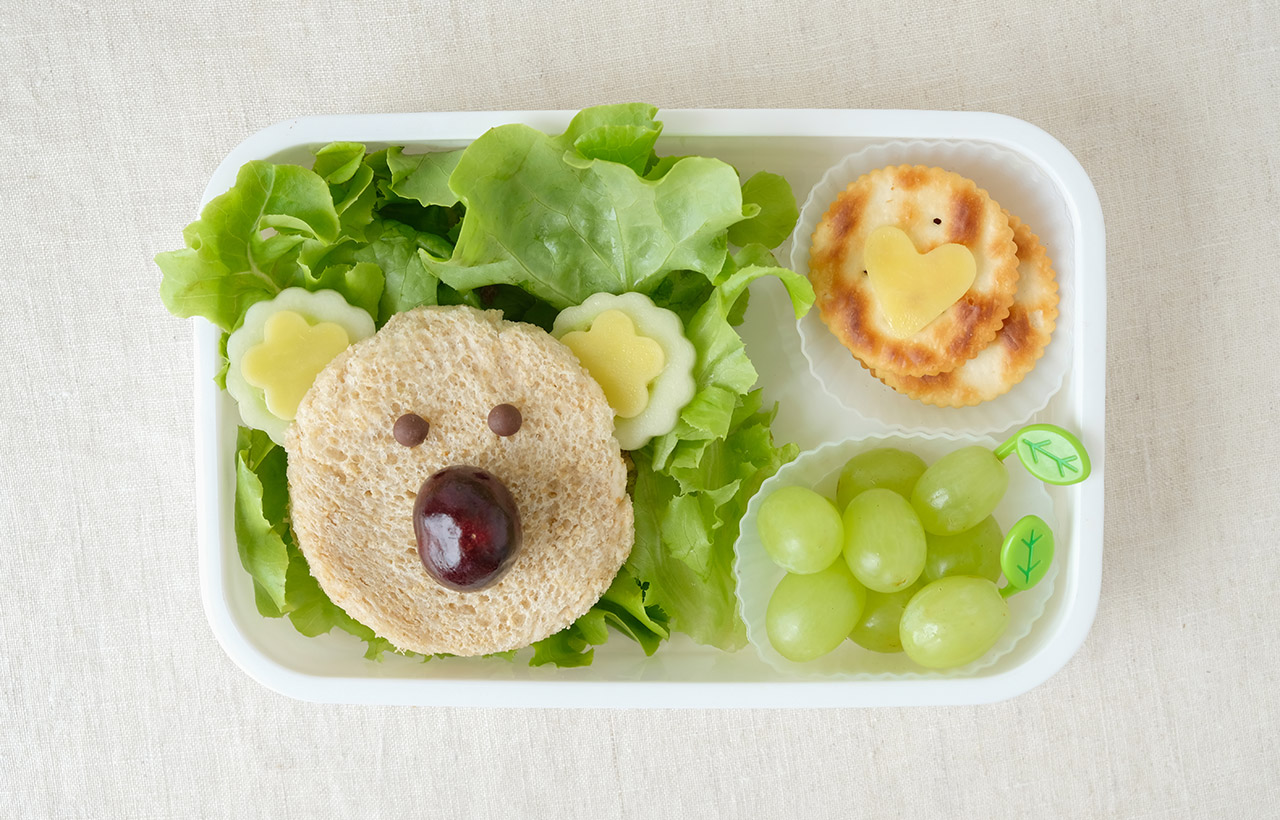
Australian exports make up a 5% share of the world dairy trade, which makes us the fourth-largest global exporter of dairy. Our dairy exports are estimated to generate annual revenue of A$3.4 billion, with China, South-East Asia and Japan being the key markets.
However, China's lockdowns and increasing Chinese milk production have reduced world demand for dairy imports, including Australian dairy products.
But Australian cheese exports are bucking the trend – and it’s thanks to Japan. A strong demand from Japan for Australian cheese is predicted to drive a 24% increase in cheese export prices in 2022-23.
The Japanese food-service sector has a strong preference for Australian cheese due to Australian cheese specifications and how it is manufactured. Japan accounted for 36% of Australian cheese exports in 2021-22 and cheese has maintained a price premium in Japan.
Takeaway for packaging and labelling:
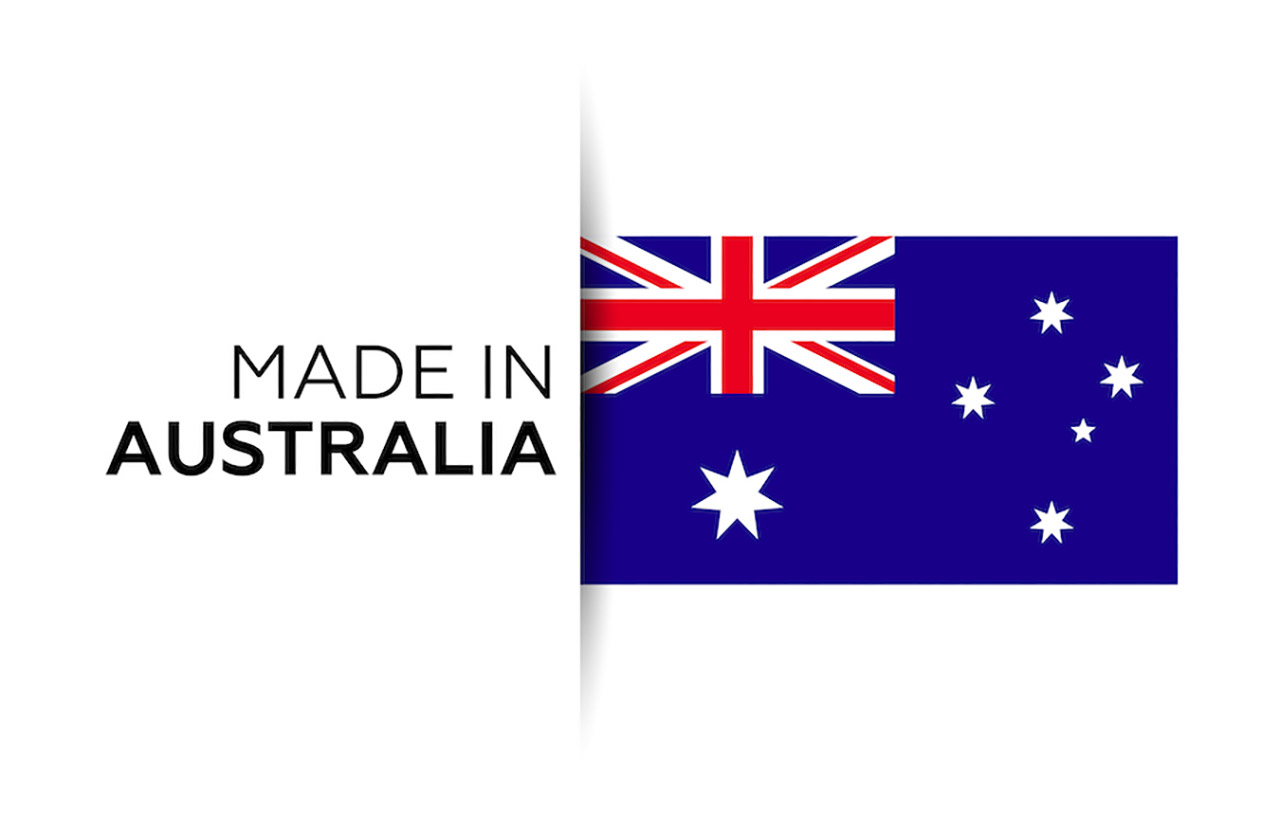
Currently, methane accounts for 80% of agricultural emissions, with most methane produced by the dairy sector.
The Australian dairy sector contributes approximately 1.6% of total national emissions, with 90-95% coming from farms and 5-10% from manufacturing.
A typical breakdown of dairy farm emissions is:
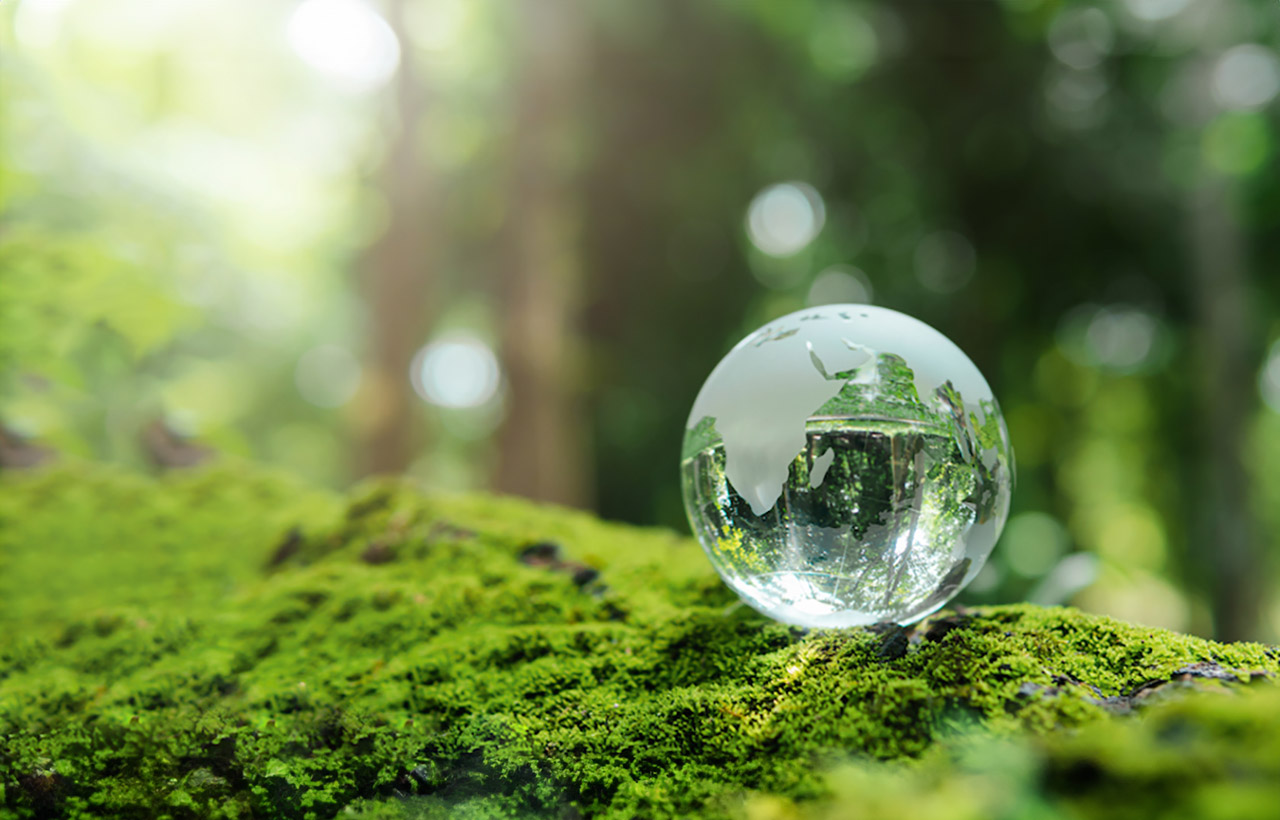
These gases all contribute to global warming.
The Australian dairy industry has made a commitment to reduce its environmental footprint, including reducing greenhouse gases by 30% across the whole industry by 2030.
Just as with other sectors, one way dairy companies can reduce emissions is to improve manufacturing energy efficiency.
Takeaway for packaging and labelling:
Just as consumers are putting pressure on manufacturers to become more sustainable in the way they produce dairy products, they are also demanding more sustainable choices in dairy packaging too.
The Australian Dairy Packaging Sustainability Roadmap was developed by Dairy Australia together with the Australian Packaging Covenant Organisation (APCO), which aligns with the national packaging targets.
As a result, alternative packaging materials and formats are being developed, including biopolymers manufactured from renewable materials, certified compostable packaging and fibre-based packaging to replace plastics.
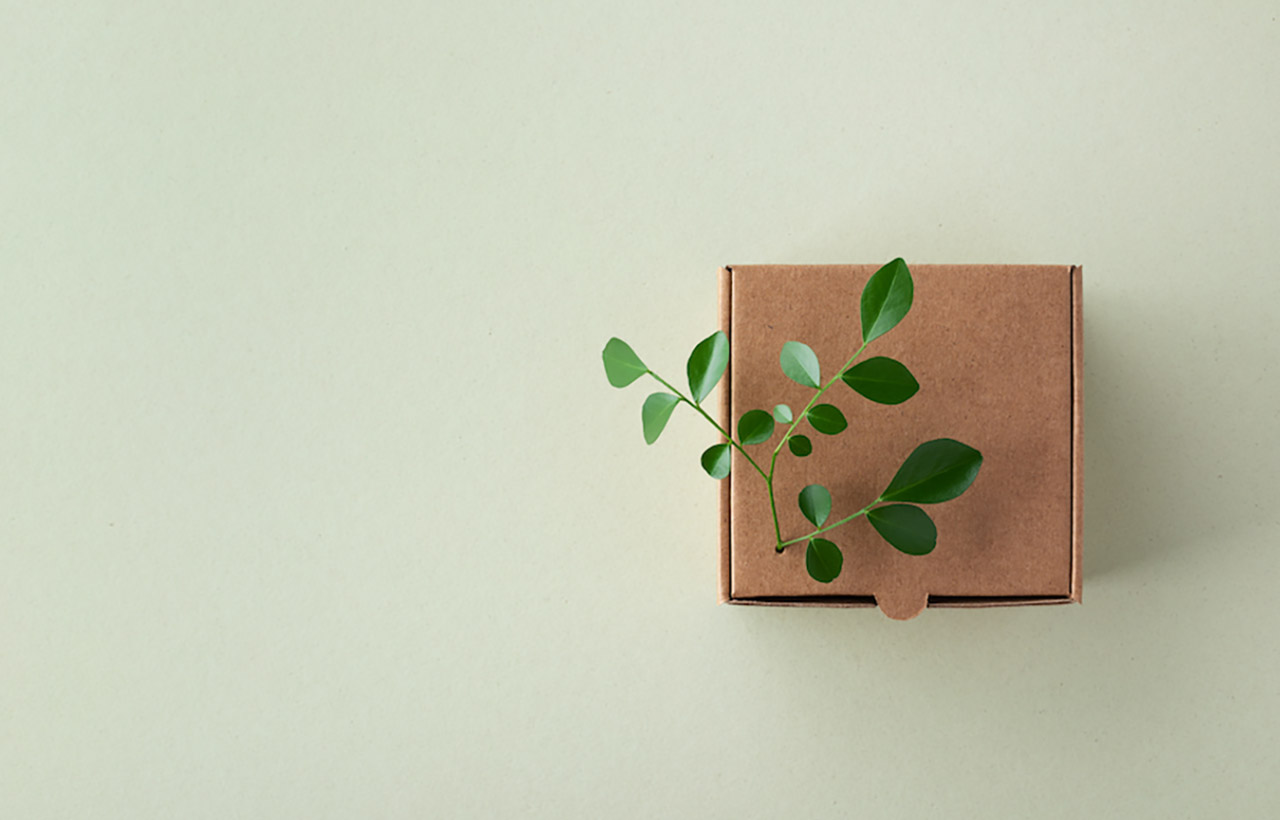
Examples of alternative packaging materials:
1. Paper-based lids offer a recyclable and compostable packaging solution that works for PP and PET yoghurt cups, and brands such as Chobani have already made the move. Where previously paper-based lids would have been considered too flimsy, new innovations have resulted in highly durable paper-based lids with sufficient strength to resist punctures and tearing, reducing spillage risks during transportation and in store.
2. Fonterra has transitioned packaging for its natural cheese slices from non-recyclable PVC clamshells to 100% recyclable clamshell moulded from PET.
3. Fonterra launched New Zealand’s first plant-based bottle under its Anchor brand in 2020 – and it’s made from sugarcane.
4. Adelaide-based yoghurt manufacturer MOO Premium Foods is using reclaimed plastic from beaches and oceans to create environmentally friendly tubs and lids.
Takeaway for packaging and labelling:
From robotic cow milking to wearables for cows and the Internet of Things (IoT), smart technologies are helping dairy producers become more efficient and sustainable.
The EllinbankSmartFarm in Gippsland is Australia’s leading dairy innovation facility. It’s fast-tracking innovative technology solutions in a research environment ready for the dairy industry to take on.
Research projects are focusing on a range of improvements including:
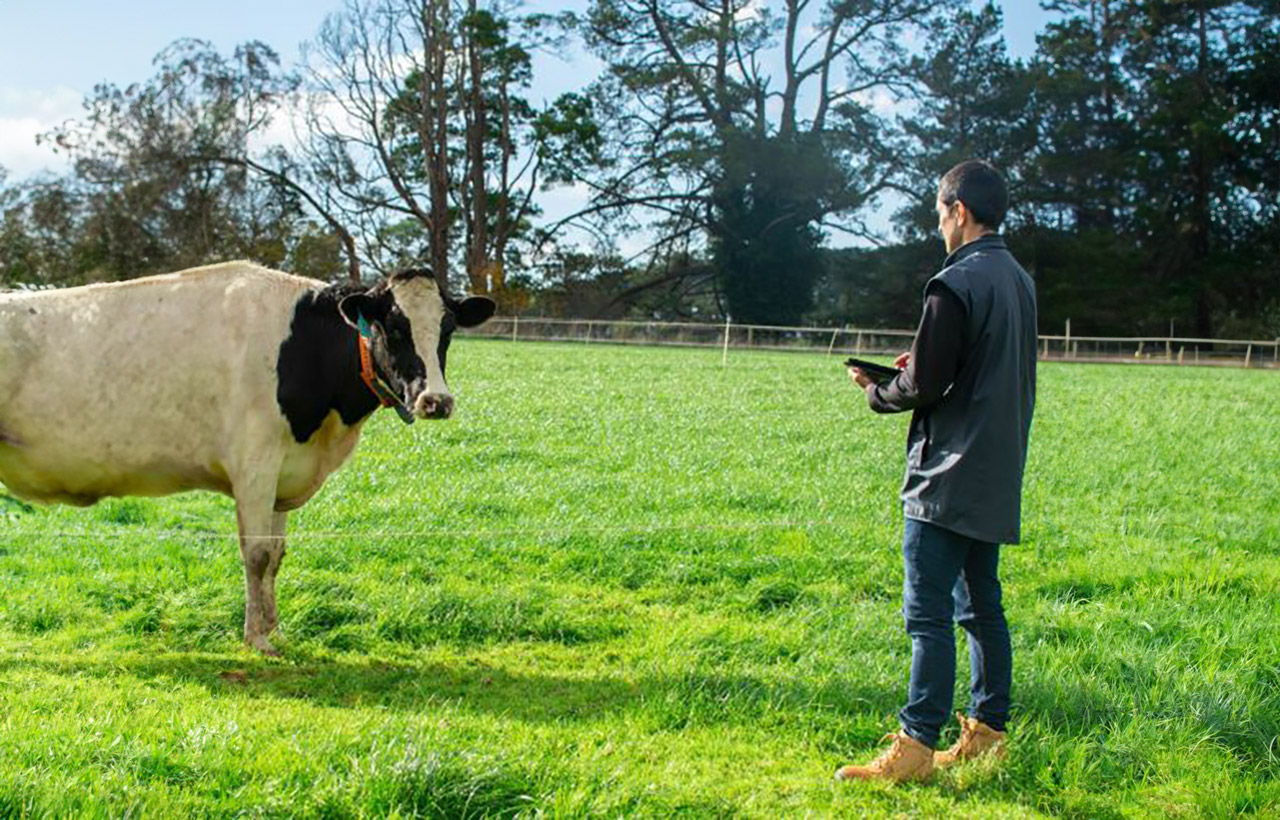 Image credit: Agriculture Victoria
Image credit: Agriculture VictoriaAnd that’s not all. Here are four examples of smart technology in the dairy industry:
Takeaway for packaging and labelling:
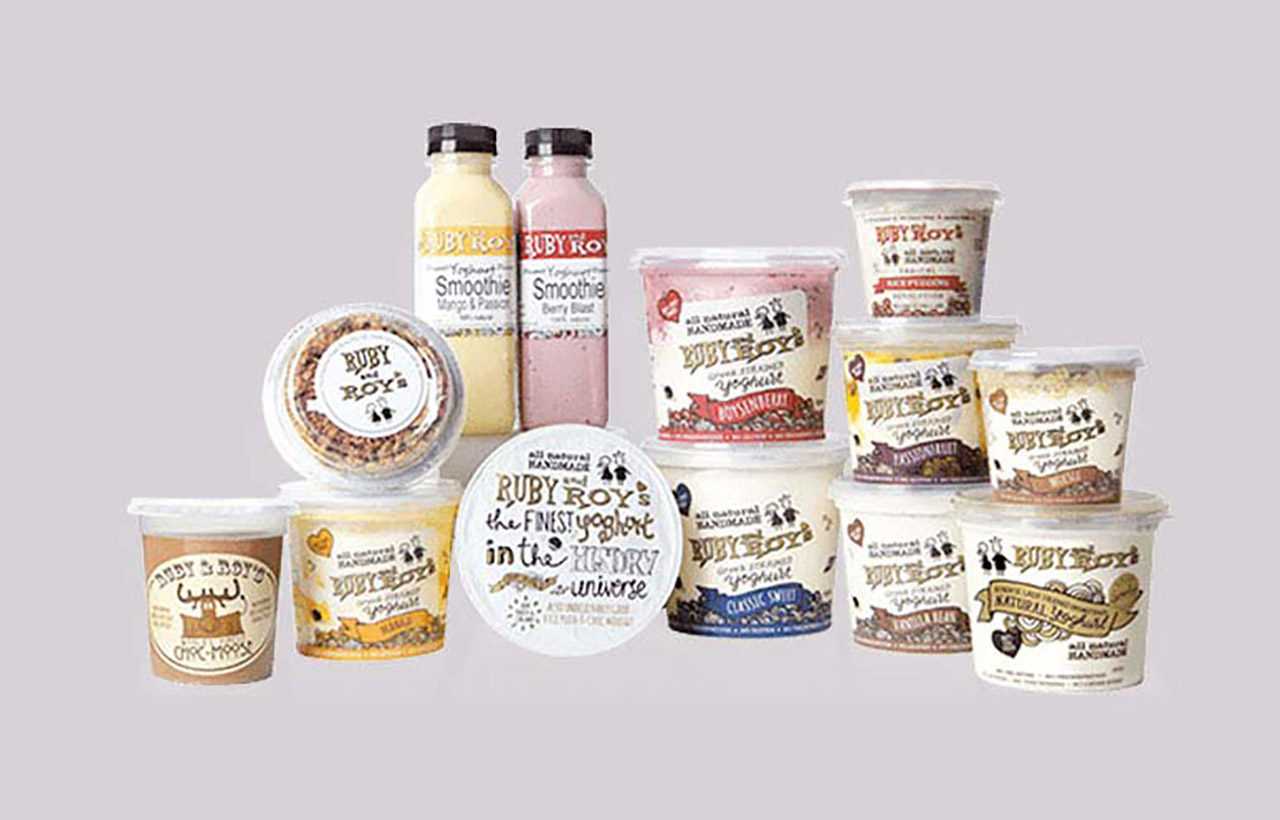
Dairy alternatives and plant-based milks have been skyrocketing in popularity in Australia. According to the Australian Bureau of Statistics, Australian consumers are drinking about half a metric cup of milk alternatives per person every week, with oat milk leading the way as Australia’s top-selling dairy alternative.
A survey of more than 900 cafés in 2021, found a quarter of Australians chose plant milk over dairy milk for their caffeine fix.
Plant-based milk can be made from almonds, oats, macadamias, soy, coconut, cashews, and many more. The dairy industry is now questioning the marketing of these products as “milk” – an issue already being addressed by regulation and labelling in other countries.
For example, in the United States, the Food and Drug Administration (FDA) has ruled that plant-based drinks can be labelled "milk," so long as the products’ labels specify how their nutritional profile is different from cow (or other mammal) milk.
Takeaway for packaging and labelling:
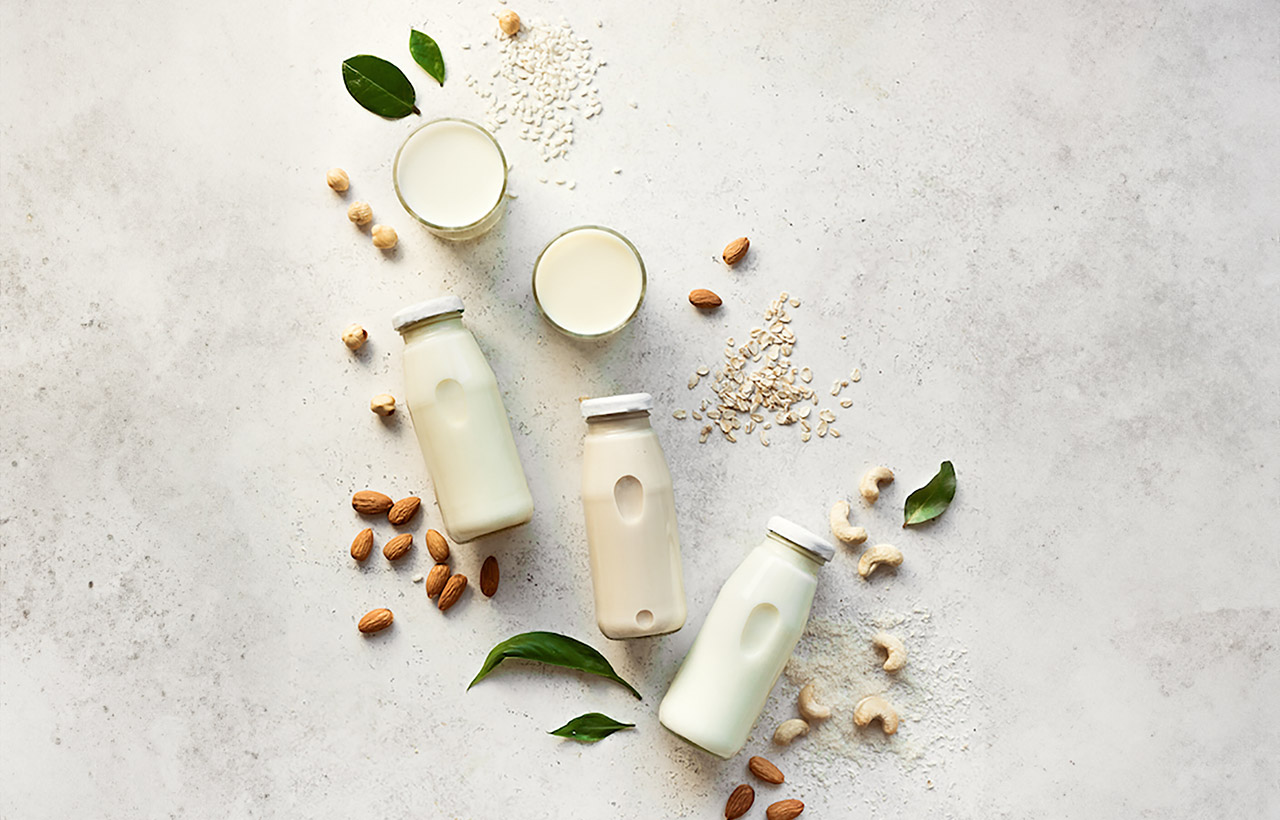
Find out how Matthews Australasia can help with labelling and coding solutions for your dairy products. We have experience helping dairy companies of all sizes introduce efficient automated technology for date coding, labelling and more.
